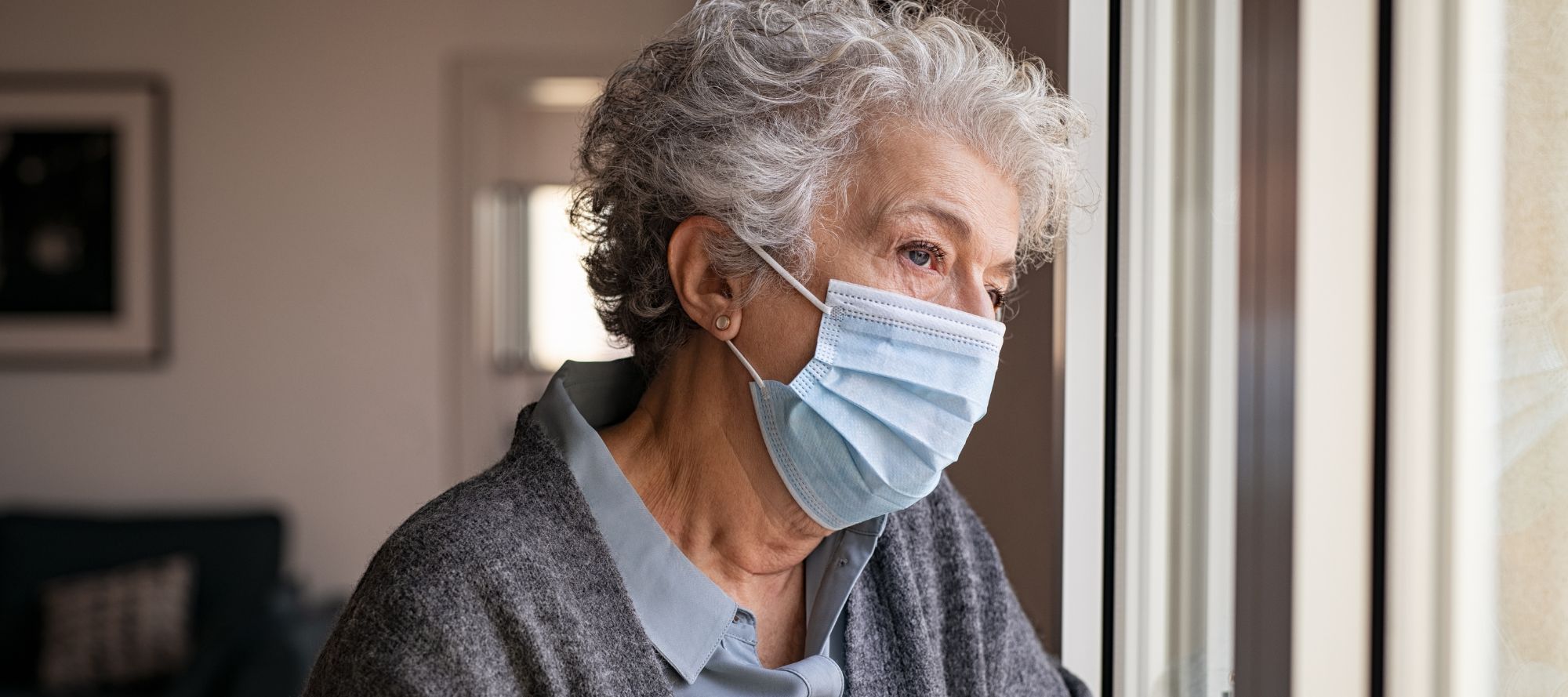- Risk of Severe Coronavirus Disease 2019 Despite Vaccination in Patients Requiring Treatment with Immune-suppressive Drugs: A Nationwide Cohort Study of US Veterans
Published in Transplant Infectious Disease. Investigators used the Veterans Health Administration electronic health records to identify patients diagnosed with RA, IBD, psoriasis, or SOT who had been vaccinated against SARS CoV-2, subsequently infected, and had received immune-suppressive drugs within 3 months before infection. They looked for the development of severe (defined as hypoxemia, mechanical ventilation, dexamethasone use, or death) versus non-severe COVID-19. They again find that SOT and other immunosuppressed individuals are still at significant risk despite vaccination and perhaps for the people who have not been listening … with the current circulating variants. They find that severe COVID-19 was seen with SOT ( 22.7%), RA (12.8%), IBD (6.9%), or psoriasis (7.3%). - Symptoms, Viral Loads, and Rebound among COVID-19 Outpatients Treated with Nirmatrelvir/ritonavir Compared to Propensity Score-matched Untreated Individuals
Published in “CID,” the authors point out that N/R treated people tend to be older and have more medical comorbidities than untreated people. They report symptom rebound as “an increase of at least two reported symptoms after treatment completion or treatment completion proxy”. Apparently, it is so broad that in this study, even 20% of the nontreated people get classified as having rebound. We get a large CI here with their report that using this criterion, they get for treated 24-40% and for untreated 15-25%. The authors state, “like other studies, we found that individuals who completed N/R had fewer symptoms and lower VL than individuals who did not take treatment.” They explain that they are using this very broad, very sensitive definition of rebound because they want to answer the epidemiologic-centered question, “Will I be infectious after treatment completion?” The authors point out that symptom rebound is a distinct clinical and epidemiological phenomenon from virological rebound. They also state that “N/R treated participants were more likely to have ≥1 negative result compared to untreated participants, further illustrating how N/R quickly reduces viral load.” They conclude by saying that “Among community-based individuals with mild-to-moderate COVID-19, individuals who completed N/R had fewer symptoms and lower VL. Our results, in combination with other clinical trial data showing reduction in severe outcomes following nirmatrelvir/ritonavir, support that nirmatrelvir/ritonavir be prescribed for all high-risk individuals. - Higher-Dose Fluvoxamine and Time to Sustained Recovery in Outpatients With COVID-19 The ACTIV-6 Randomized Clinical Trial
Published in JAMA, the authors ask: “Does 100 mg of fluvoxamine twice daily for 13 days, compared with placebo, shorten symptom duration among outpatient adults (aged ≥30 years) with symptomatic mild to moderate COVID-19?” This information comes from the ACTIV-6 platform randomized clinical trial that has looked at repurposed medications for mild to moderate COVID-19. Between August 25, 2022, and January 20, 2023, a total of 1,175 participants were enrolled at 103 US sites for evaluating fluvoxamine; participants were 30 years or older with confirmed SARS-CoV-2 infection and at least 2 acute COVID-19 symptoms for 7 days or less. Participants were randomized to receive fluvoxamine, 50 mg twice daily on day 1 followed by 100 mg twice daily for 12 additional days (n = 601), or placebo (n = 607). The authors conclude based on this data that “Fluvoxamine, 100 mg twice daily, does not shorten the duration of symptoms in outpatient adults with mild to moderate COVID-19.” - Recombinant C1 Inhibitor in the Prevention of Severe COVID-19: A Randomized, Open-label, Multi-center Phase IIa Trial
Published in Frontiers in Immunology, a randomized, open-label, multi-national clinical trial was conducted in which hospitalized adults at risk for progression to severe COVID-19 were assigned in a 2:1 ratio to receive either 3 days of ConA plus standard of care (SOC) or SOC alone. The trial was prematurely terminated because of futility after randomization of 84 patients, 56 in the ConA and 28 in the control arm. The study results do not support the use of ConA to prevent COVID-19 progression.
- Epstein-Barr Virus Reactivation is Not Causative for Post-COVID-19-syndrome in Individuals with Asymptomatic or Mild SARS-CoV-2 Disease Course
The aim of this study published in BMC Infectious Diseases was to investigate a putative EBV reactivation in supposedly healthy adults after asymptomatic or rather mild COVID-19 disease course without hospitalization that donated blood and reported PCS. Using online surveys, they determined the rate of PCS among seropositive participants and documented the symptoms experienced. Then they compared the amount of neopterin, an unspecific prognostic marker for pro-inflammatory, active antiviral immune responses, between individuals with and without PCS at different points in time. They also looked at SARS-CoV-2 anti-N total antibodies and screened for the presence of EBV DNA and examined the levels of EBV viral capsid-antigen (VCA) IgM, VCA IgG and EBV nuclear antigen 1 (EBNA) IgG antibodies. They end up looking at individuals with prepandemic serum samples available that did not report PCS (n=134) with individuals reporting PCS (n=29). Authors state “our study reveals that PCS in per se healthy adults with no known comorbidities may not be explained by a reactivation of EBV as shown by screening for EBV DNA and specific antibodies. Furthermore, our data do not indicate a persisting pro-inflammatory, antiviral immune response or a specific SARS-CoV-2 antibody response.”
Situation Dashboards

World Health Organization (WHO)
Novel Coronavirus (COVID-19) Situation from World Health Organization (WHO)

Johns Hopkins University (JHU)
Coronavirus COVID-19 Global Cases by the Center for Systems Science and Engineering (CSSE) at JHU

COVID-19 in US and Canada
1Point3Acres Real-Time Coronavirus (COVID-19) Updates in US and Canada with Credible Sources

Genomic Epidemiology COVID-19
Genomic Epidemiology of (COVID-19) Maintained by the Nextstrain team, enabled by data from GISAID.





